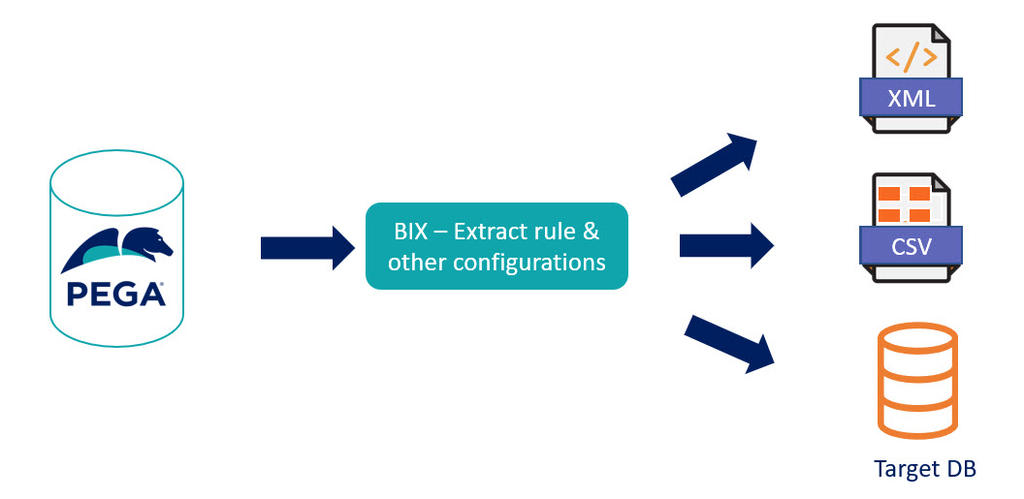
Defining a reporting strategy
2 Tasks
45 mins
Scenario
Truck vendors associated with MDC (Metro Delivery Services) are facing trouble with over- and under-bookings of trucks. Occasionally, there are a greater number of delivery request bookings coming in from partners, resulting in a need for more on-demand trucks. In contrast, only a minimal number of daily-assignment trucks are being assigned with deliveries. This leads to ineffective truck route management and loss of revenue by truck vendors. Truck vendors want to understand from MDC the booking trends, so that they can more effectively manage their trucks in advance, to provide the best services to MDC and to help manage revenue loss.
MDC wants to compare its current revenue with its historic revenue on a given day, month, quarter, or year to understand its year-on-year yield.
MDC also wants to compare how many delivery requests are being placed by a given business partner with the current year's trend, compared to the previous year.
The following table provides the credentials you need to log in to the Delivery Service application. However, this challenge is mainly meant for evaluating the design options, and there are no specific implementation tasks.
| Role | User name | Password |
|---|---|---|
| Admin | admin@deliveryservice | rules |
Detailed Tasks
1 Review design details
You can define the data types that correspond to information regarding delivery requests and invoices in Pega Platform™. These data type instances can be persisted in an external database instead of the PegaDATA schema that is included in the Pega database repository.
If reporting is performed with the PegaDATA schema, numerous rows from that schema must be accessed to aggregate the data. Even if the database is tuned for quick retrieval of the data, putting enormous amounts of data on the clipboard can impact JVM performance and affect web-tier users who share the same PegaRULES database.
The best option is to use BIX to publish data from the external database to the data warehouse. The BIX extract process runs on a dedicated type=BIX node to avoid adverse impact on type=WebTier nodes. The following diagram shows how the data is moved from the external database to the Delivery Service data warehouse:
2 Review design alternatives
You can load the data into Pega Platform and create reports. However, retrieving several thousand rows and aggregating the results over time might have a significant performance cost.
Confirm your work
Available in the following mission:
If you are having problems with your training, please review the Pega Academy Support FAQs.
Want to help us improve this content?
